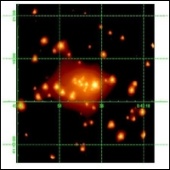ESA Science & Technology - News Archive
News archive
News archive
Published: 28 February 2001
Published: 27 February 2001
Published: 22 February 2001
Published: 19 February 2001
Published: 15 February 2001
Published: 1 February 2001
Published: 29 January 2001
Published: 25 January 2001
Published: 23 January 2001
Published: 21 January 2001
Published: 21 January 2001
Published: 14 December 2000
Published: 11 December 2000
Published: 23 November 2000
Published: 6 November 2000
Published: 2 November 2000
Published: 29 October 2000
Published: 25 October 2000
Published: 19 October 2000
Published: 19 October 2000
—
20 Items per Page




















